Homebrew Vertical Dipole for 40 meters
Go HomeDesign Goals
Minimal radial field, if any. Sufficiently small height. Construction from readily available materials, such as what can be found at Home Depot.My initial inclinations were toward a form of vertical dipole, and a bottom feed looked most possible although a balanced feed in the middle would be most ideal.
I found http://www.k2kw.com/verticals/antenna.html/ and that convinced me to try out their form of shortened vertical, the ZR vertical.
The Internet had very sparse details on a shorted, but an important detail is that the ends are not really capacitance hats, but instead a larger single-turn loop. In fact, they menntion the overall length of conductor involved is about 67 feet, which is very close to a half wavelength on 40 meters.
With that in mind I did the math estimate the dimensions of each of the components before developing a NEC model. The next picture is planning the dimensions in 4NEC2.
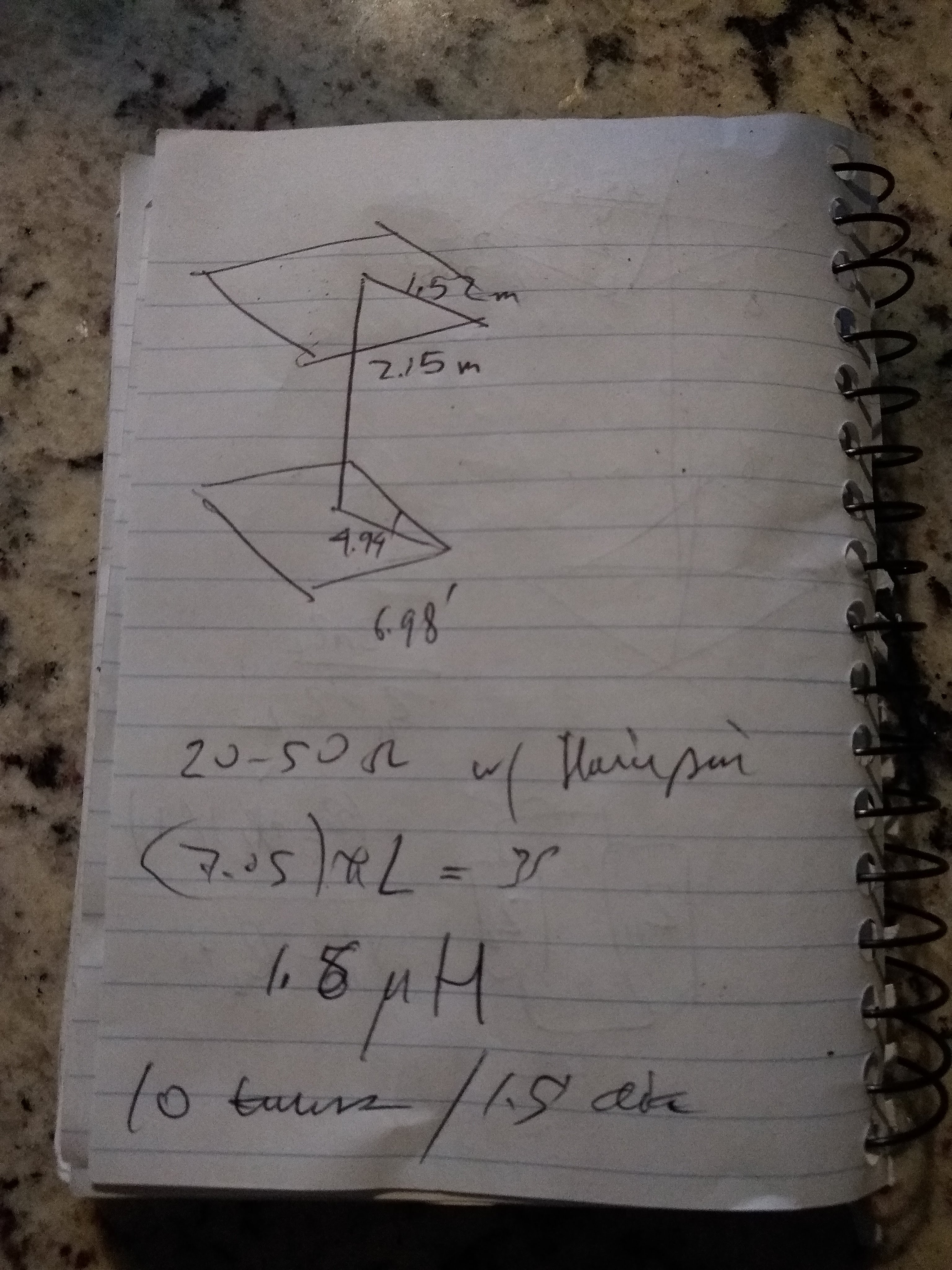
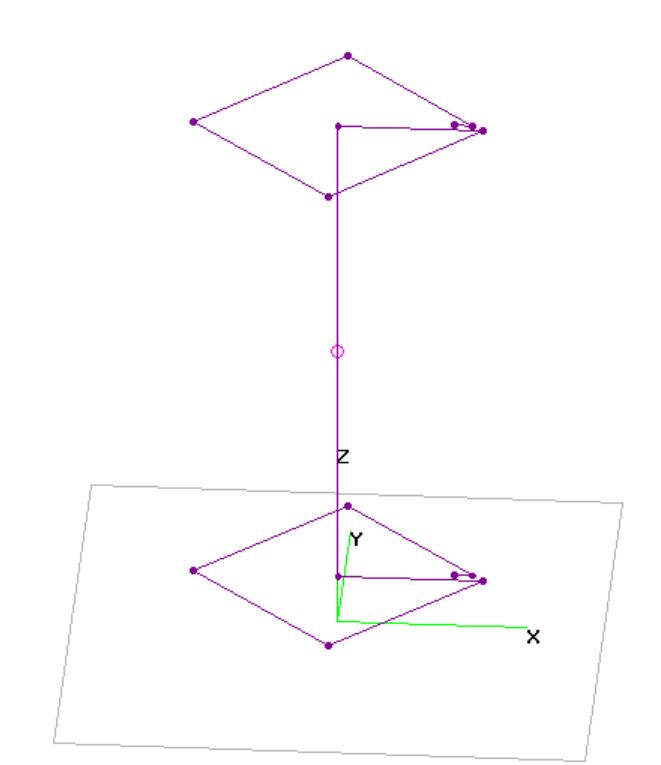
The NEC model was very close! I also realized the feedpoint radiation resistance would be rather low since it's a shortened antenna. I found more information about the 20/15/10 meter version of the ZR vertical which reminded me of the use of a beta (hairpin) matching coil at the feedpoint.
More info here: Verticals with vertigo
I determined that the antenna itself should be >90% efficient in tranducing RF current into radiation,and the main limitation would be conductivity of the soil surround my home. But the only thing I can do about that is move away, and that's out of scope for this project!
I did math and end up with about 10 turns on a 1.5" diameter that should provide a reasonable match to 50 ohms.
List of materials.
I tried to use common materials and this necessitated using square aluminum tubing since it's available at Home Depot. Here's many of the components sitting together. The antenna is fairly compact when disassembled.
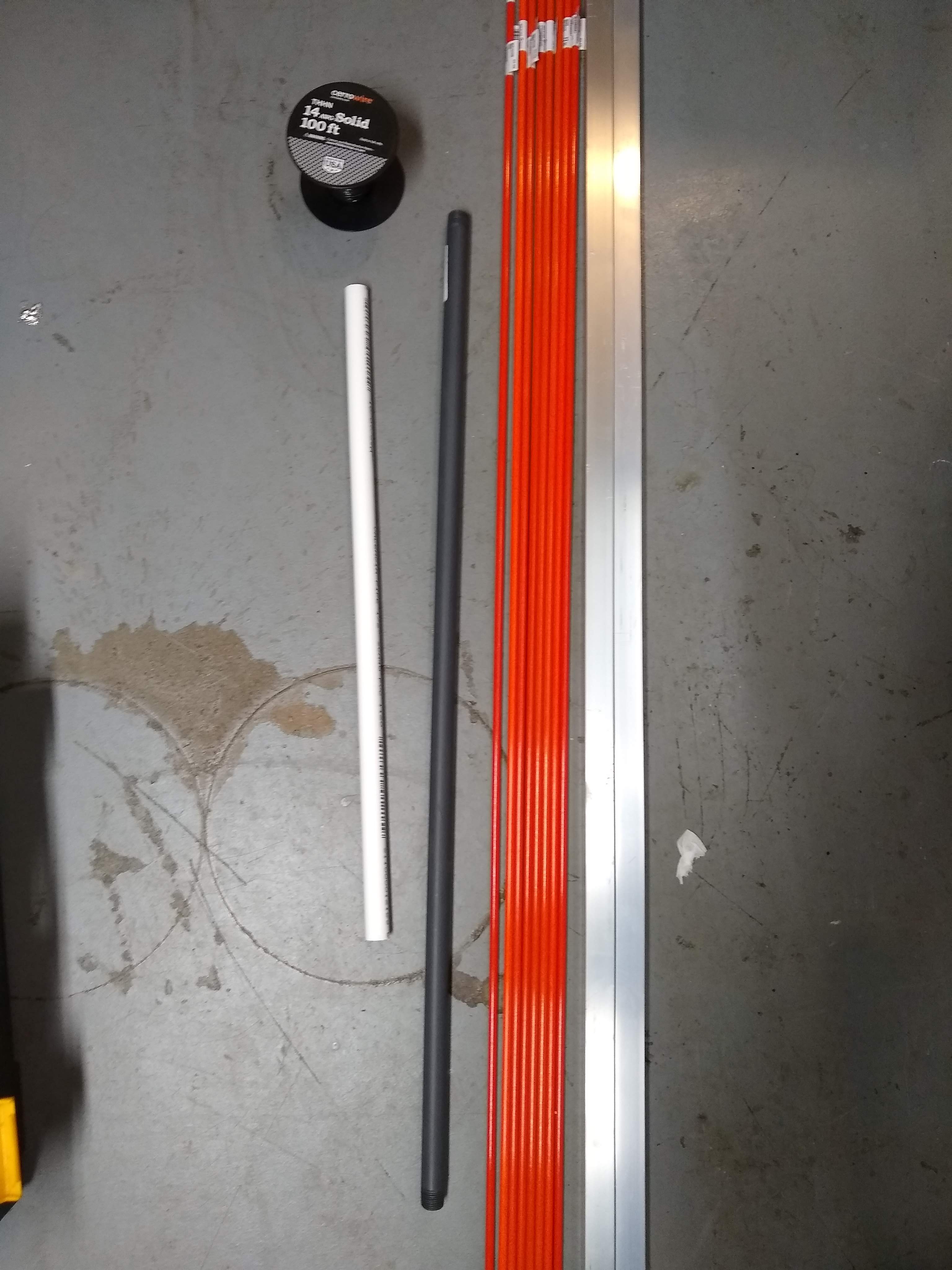
Drilling out the holes for the fiberglass spreaders. Measuring and wrapping electrical tape for the stops.
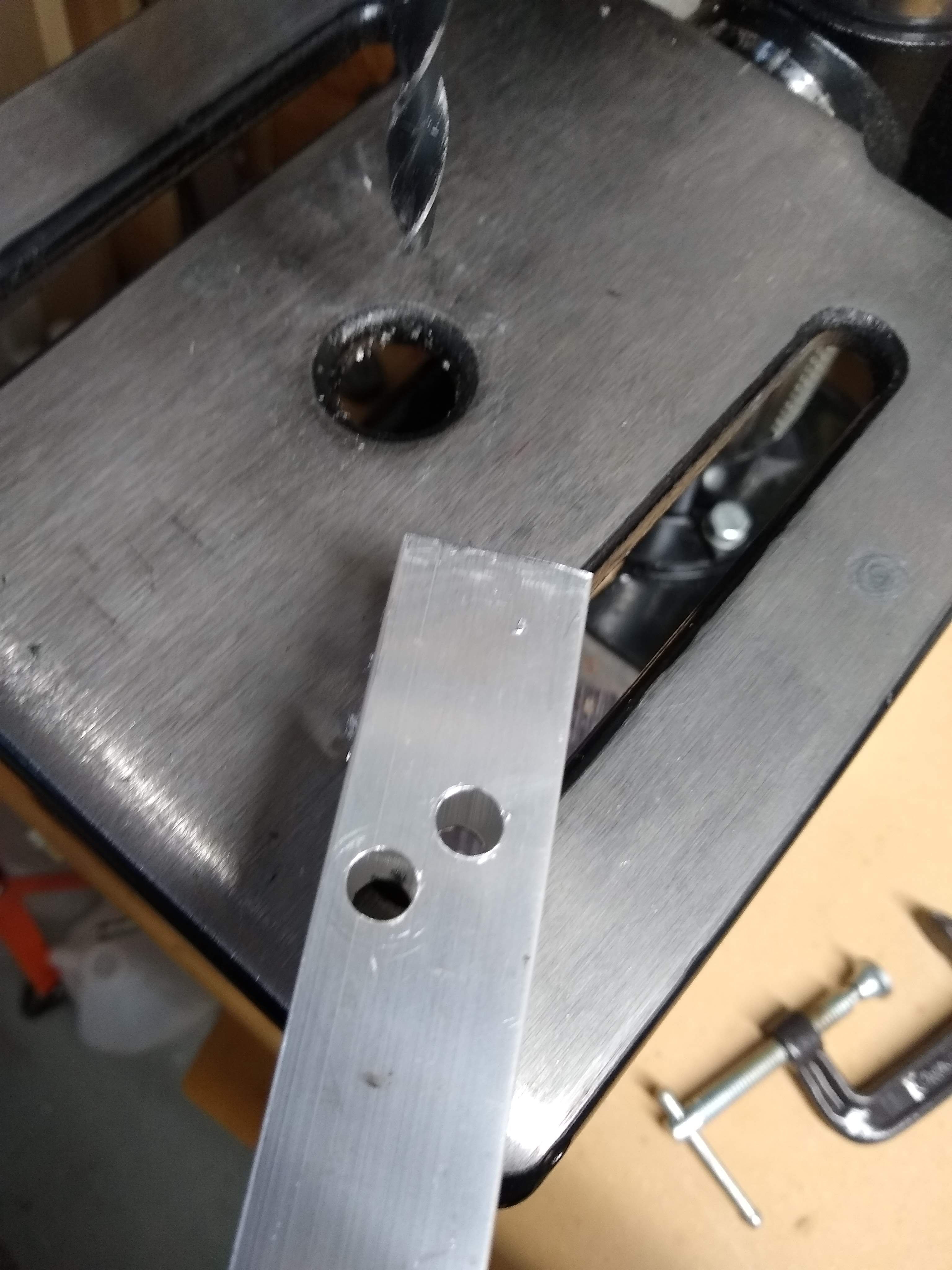
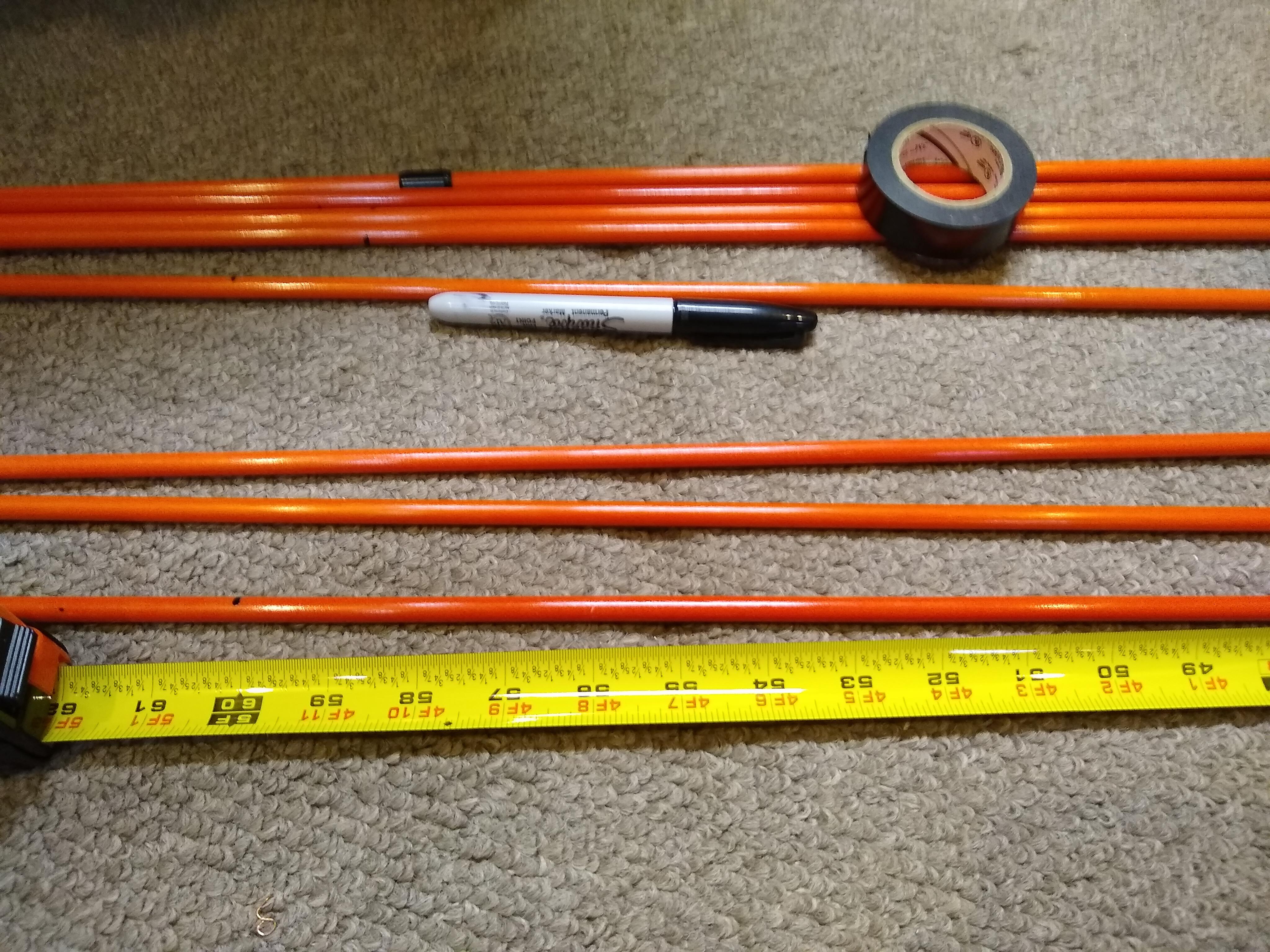
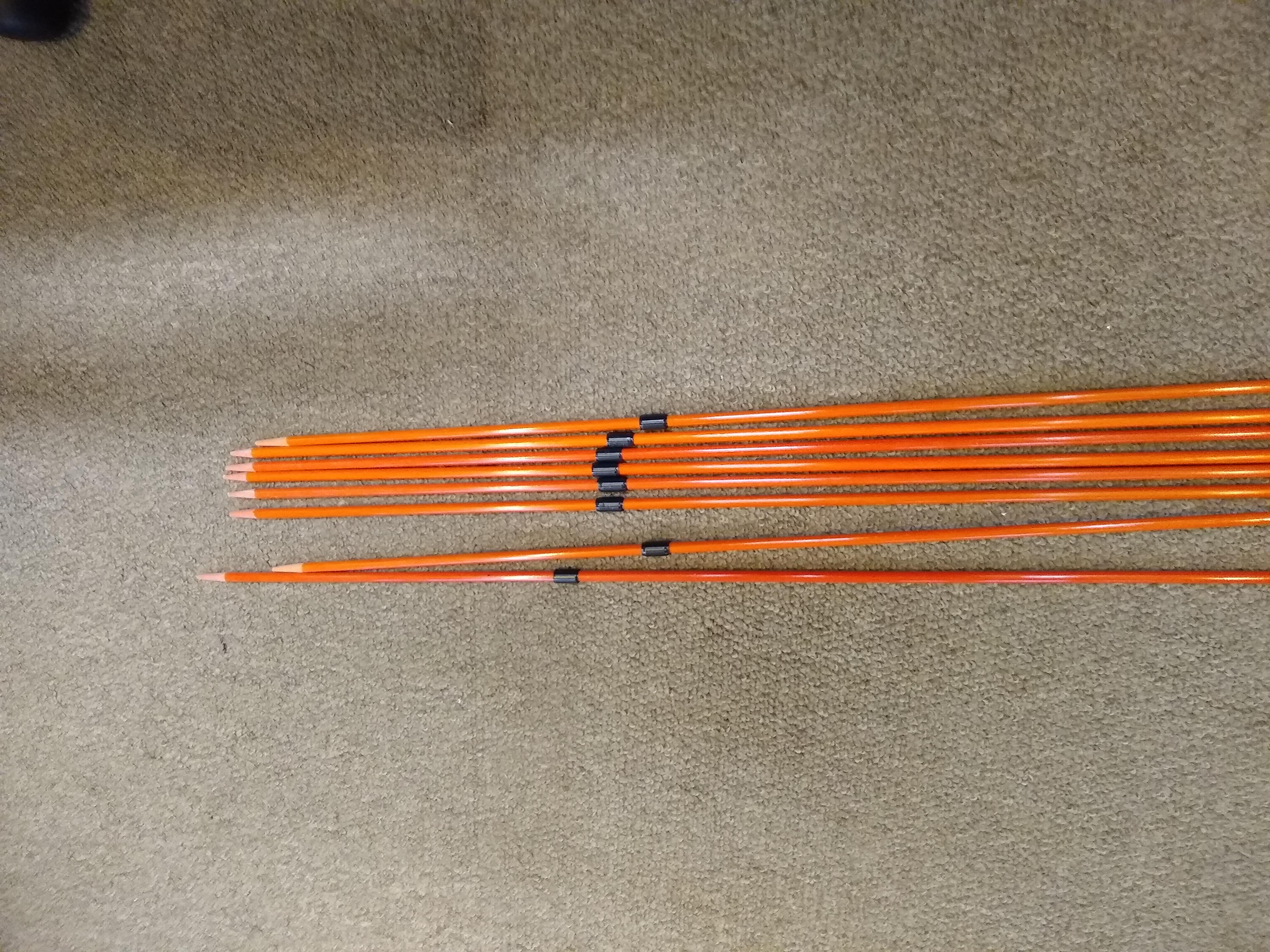
Old marker pen tubes make great guides for the wire! They fit right onto the end of the spreaders!
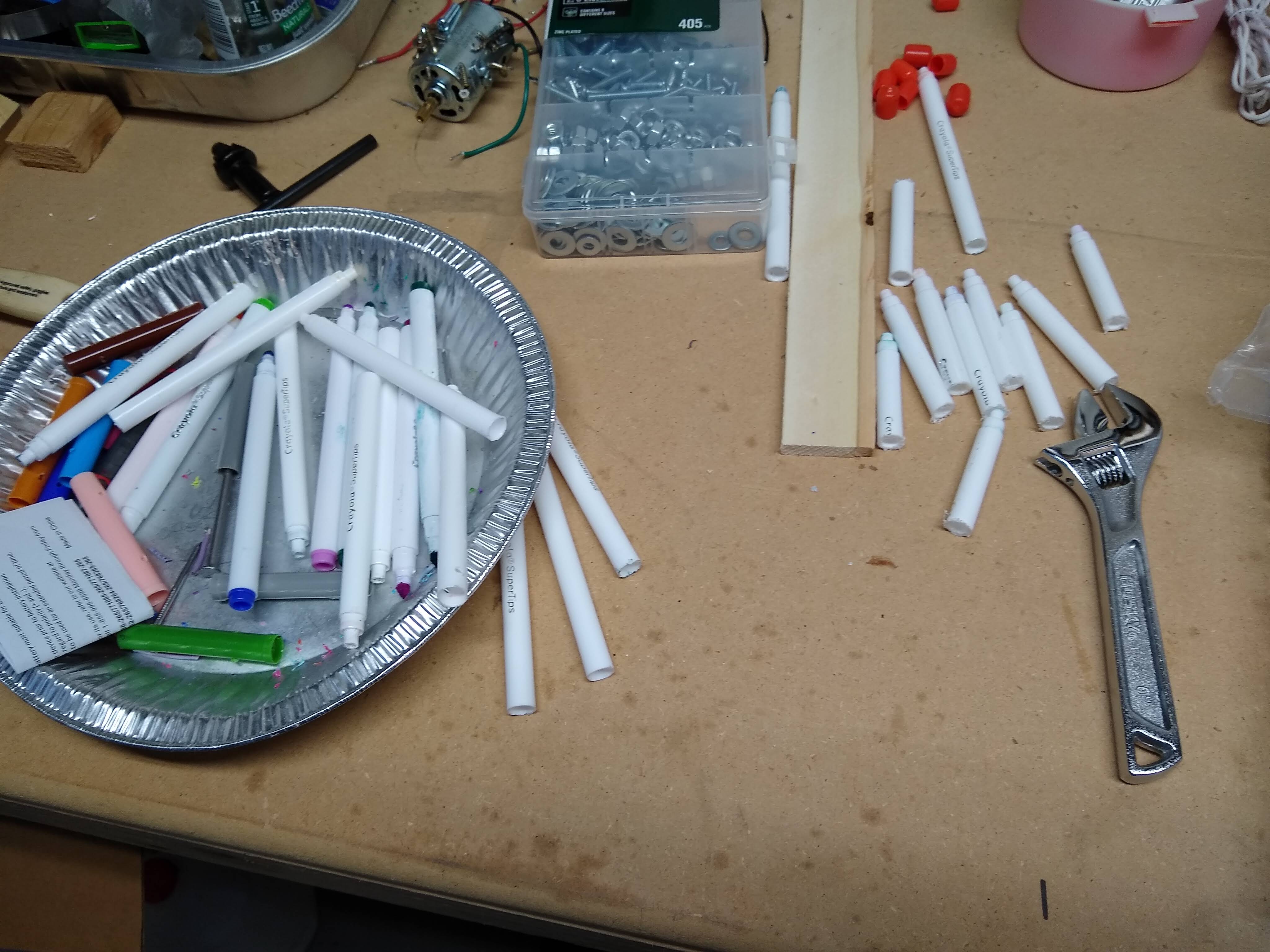
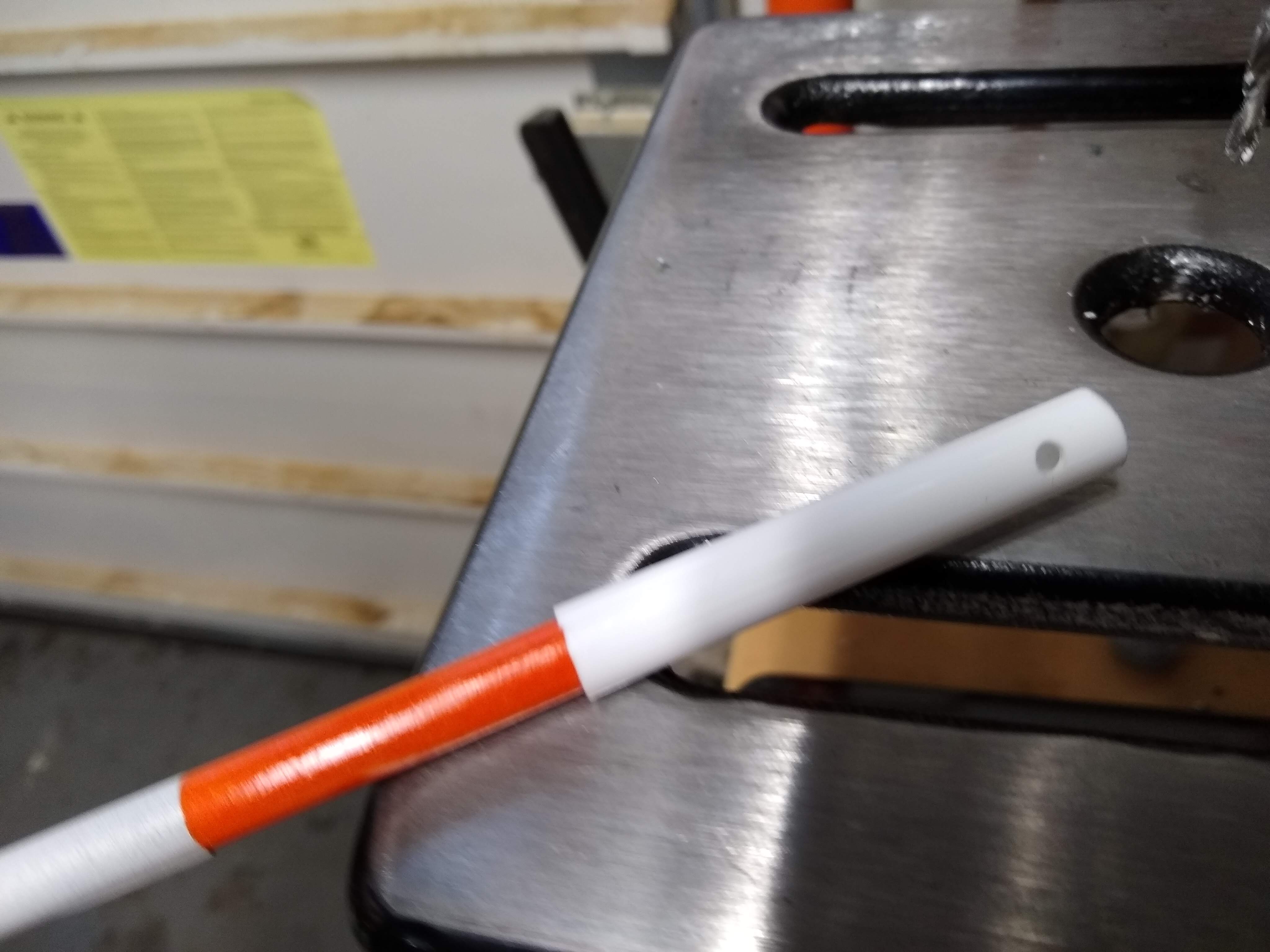
Beta Match coil, 1.5" and six turns to get 1.6 microhenries. Since a shortened dipole has a lower radiation resistance, it is possible to cut the dipole a short and then place the beta match coil at the feedpoint to cancel out its capacitance reactance. A good match to 50 ohms is achievable with just this one coil.
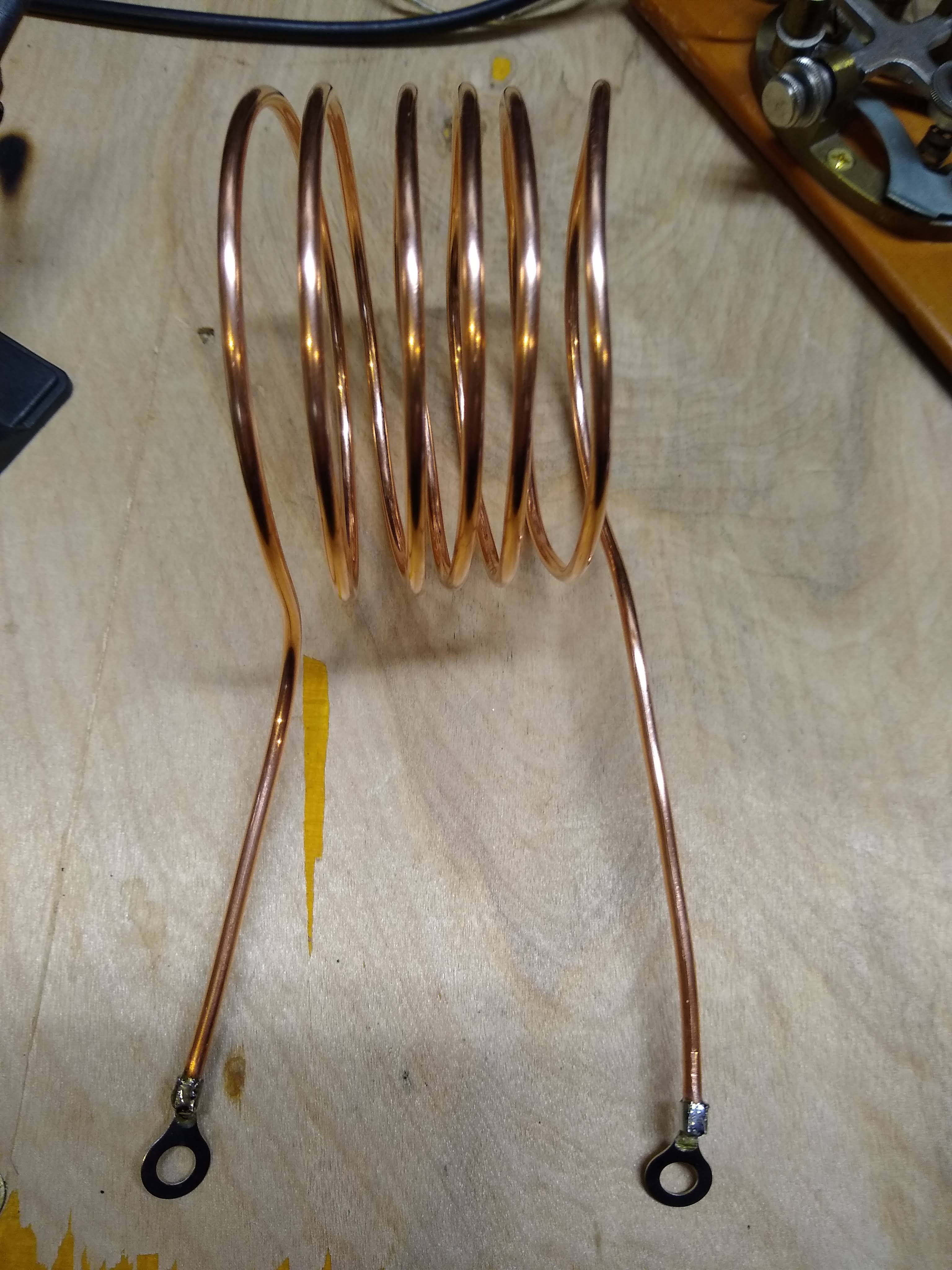
Assembly of the spreaders and feedpoint.
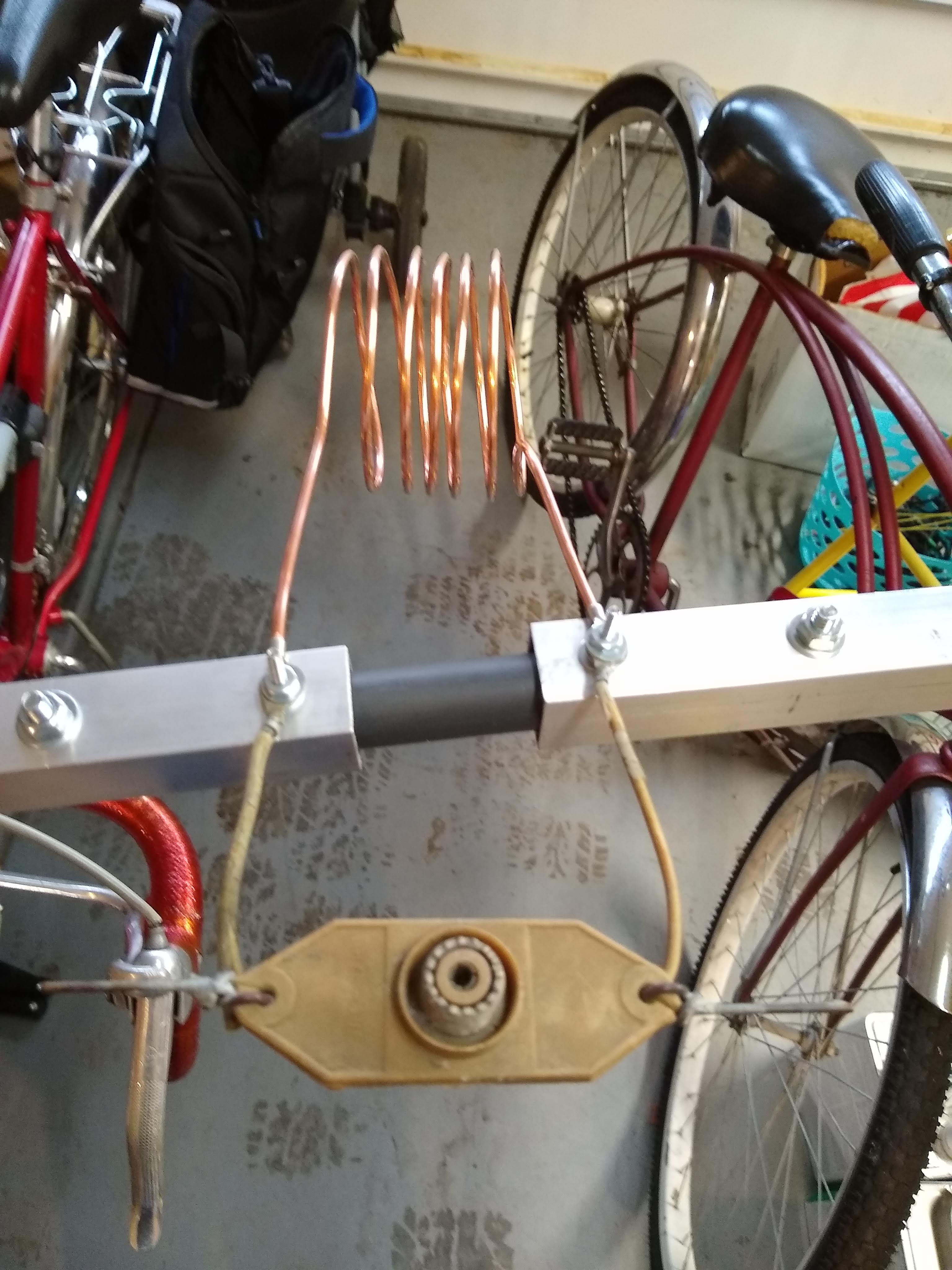
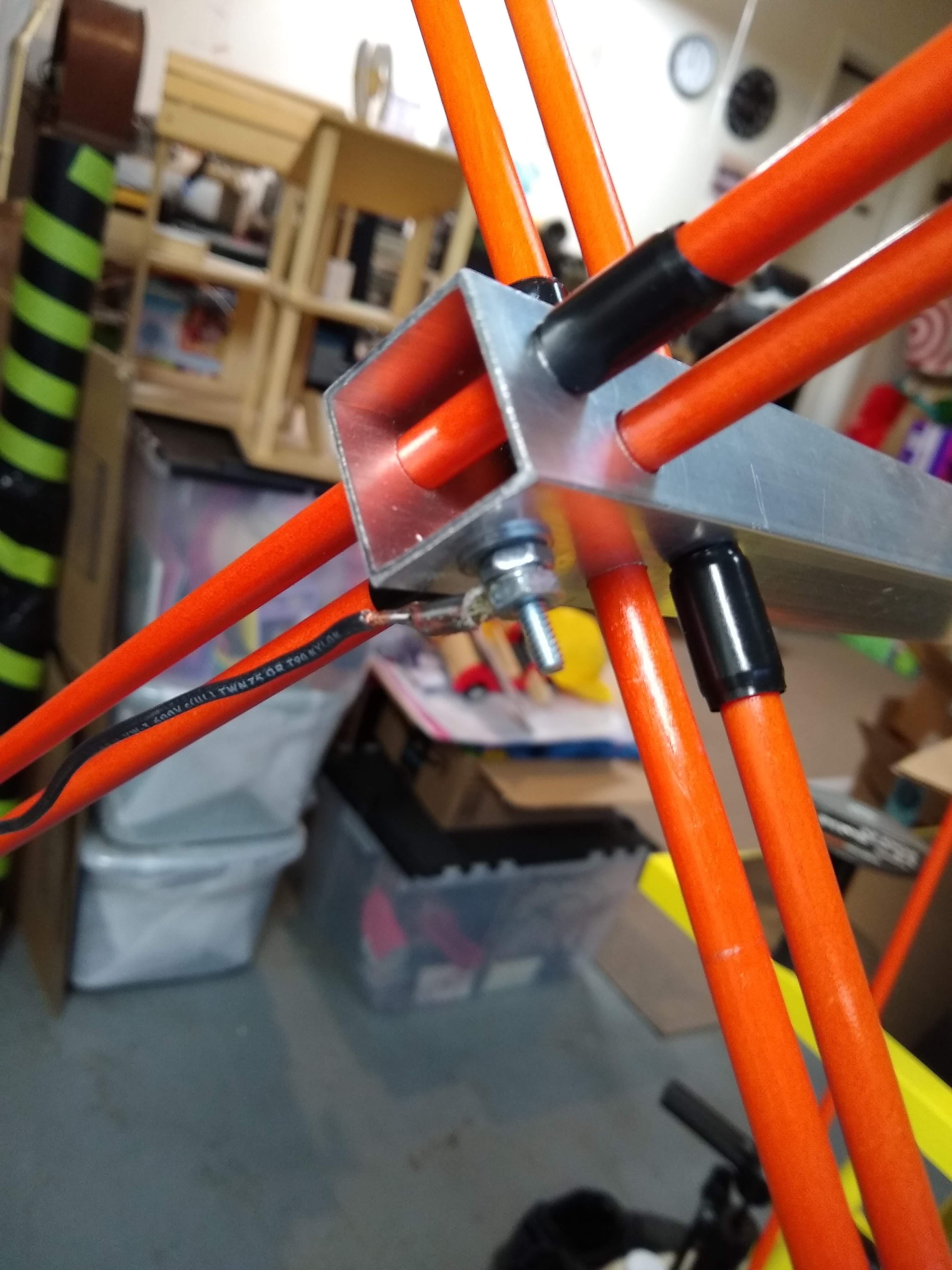
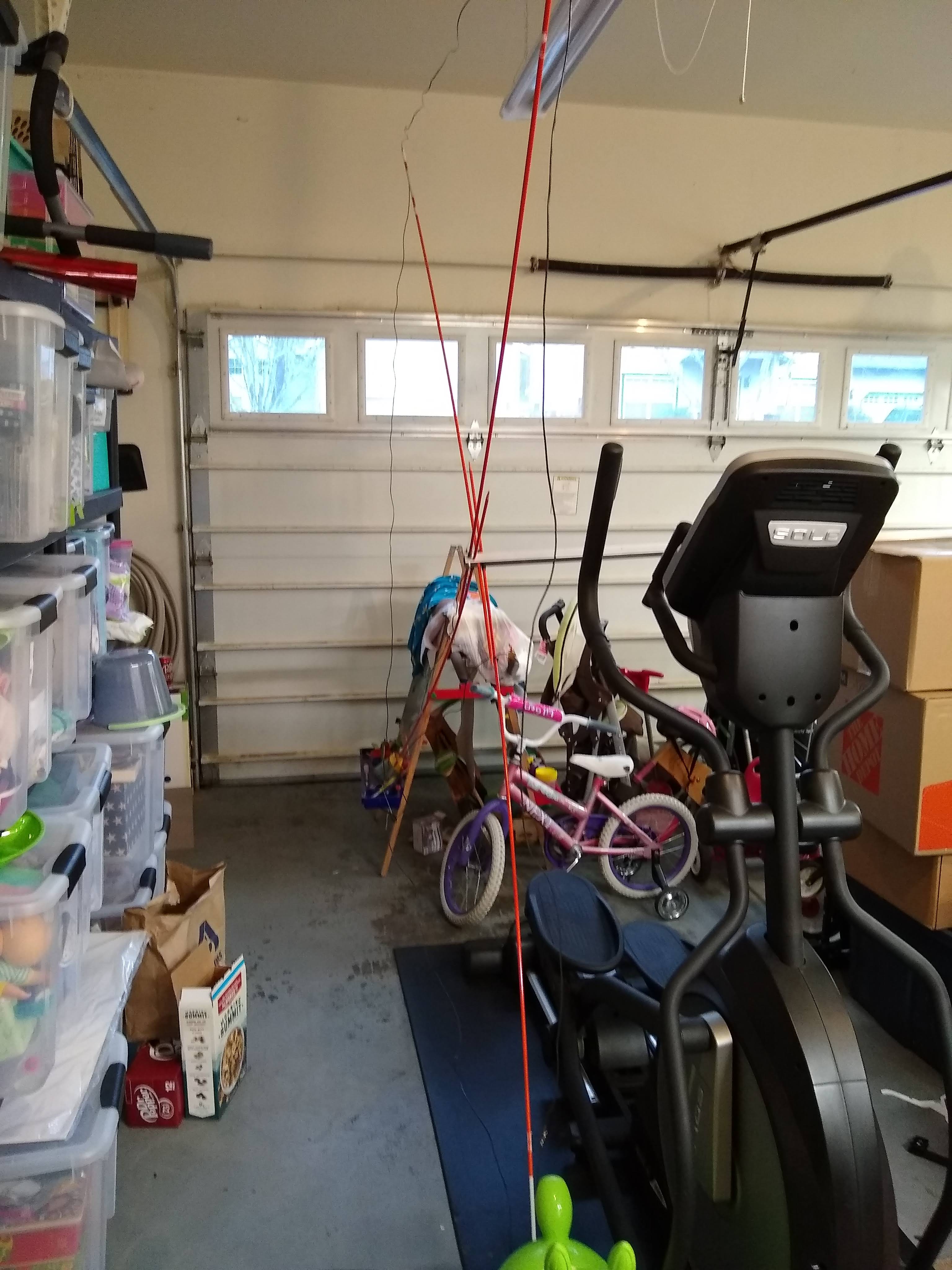
Ground fitting of the whole antenna prior to raising it up.
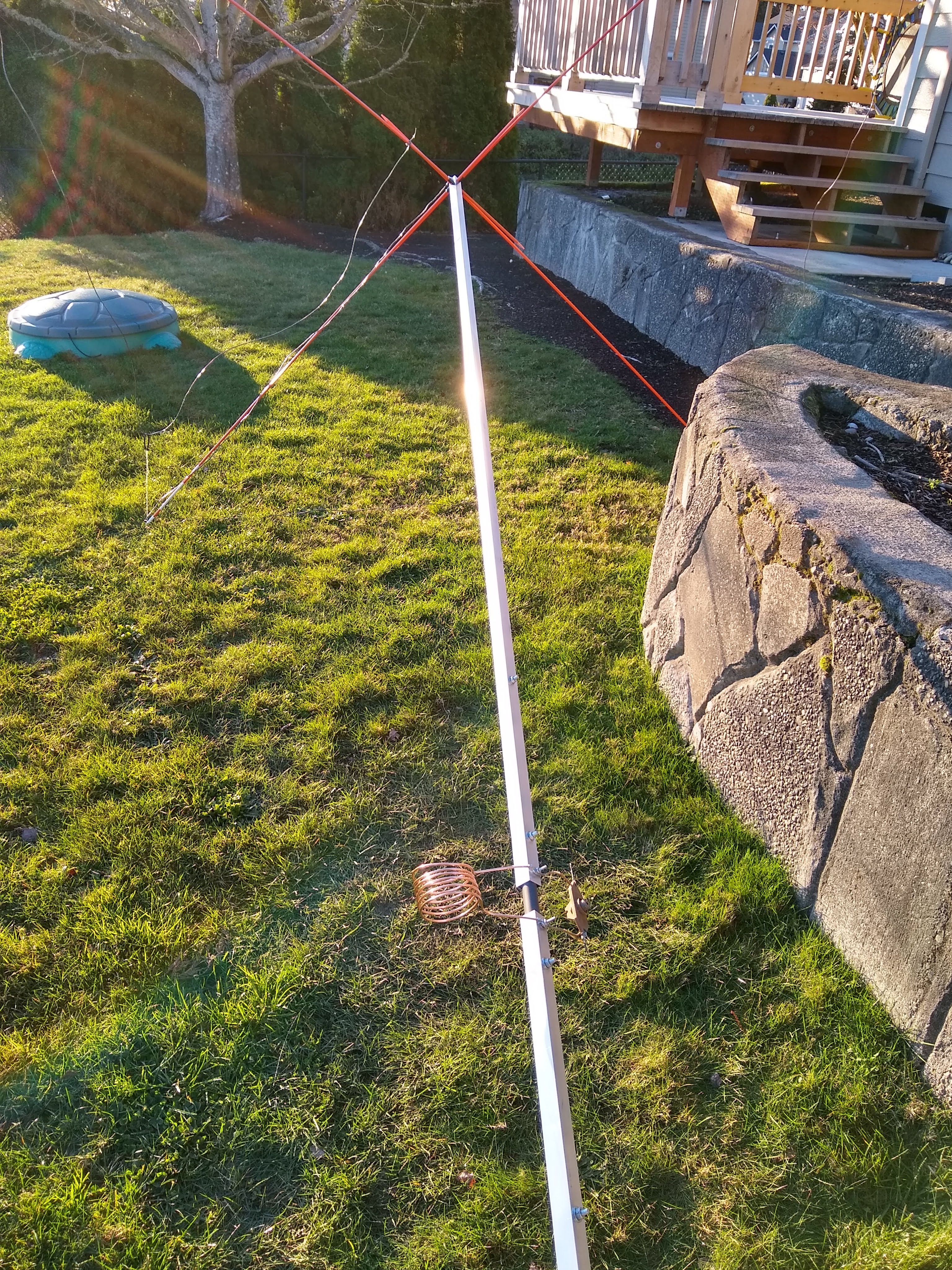
The completed 40m vertical dipole, standing a little over 16 feet tall, next to my 8 foot diameter small transmitting loop.
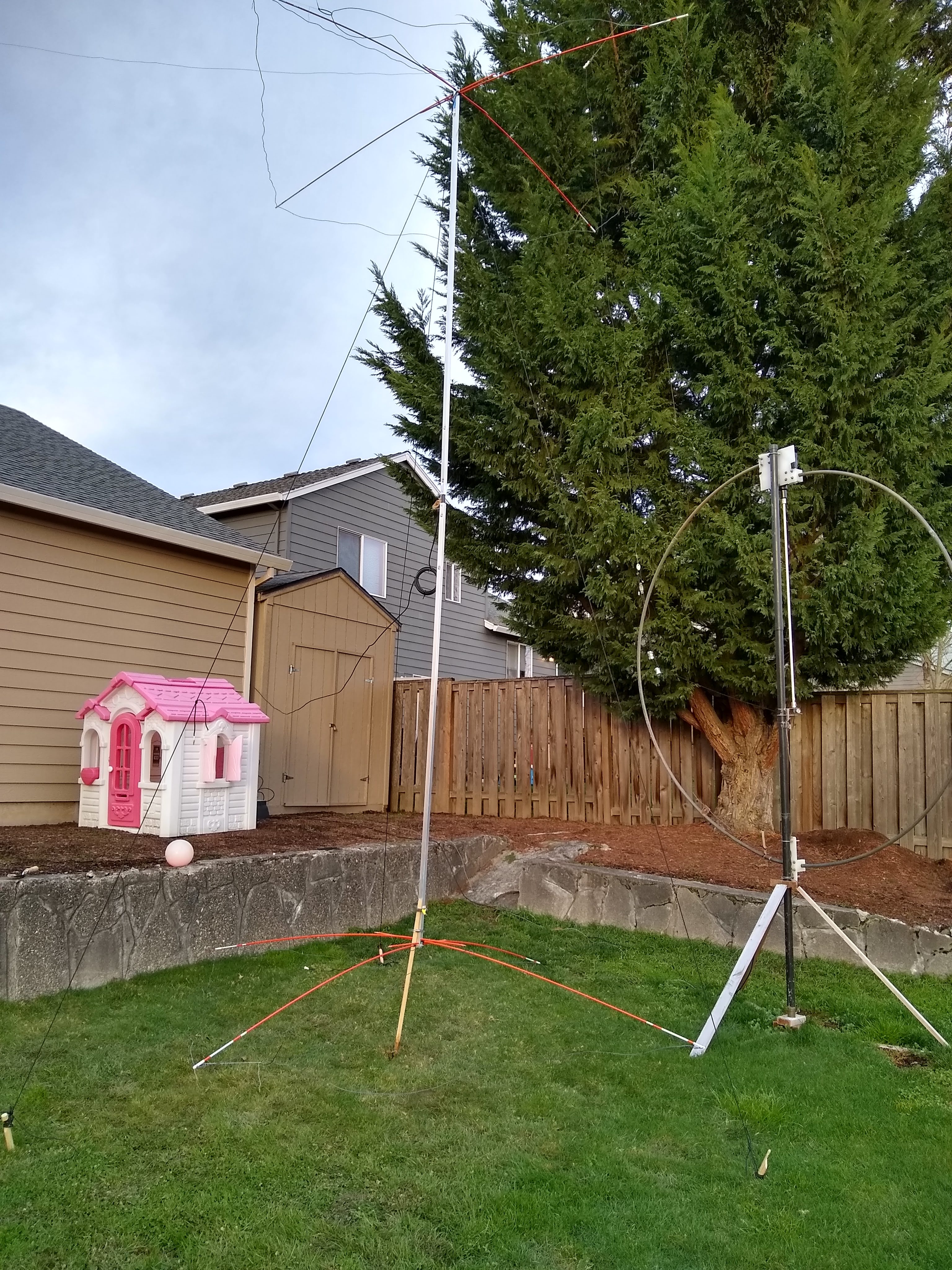
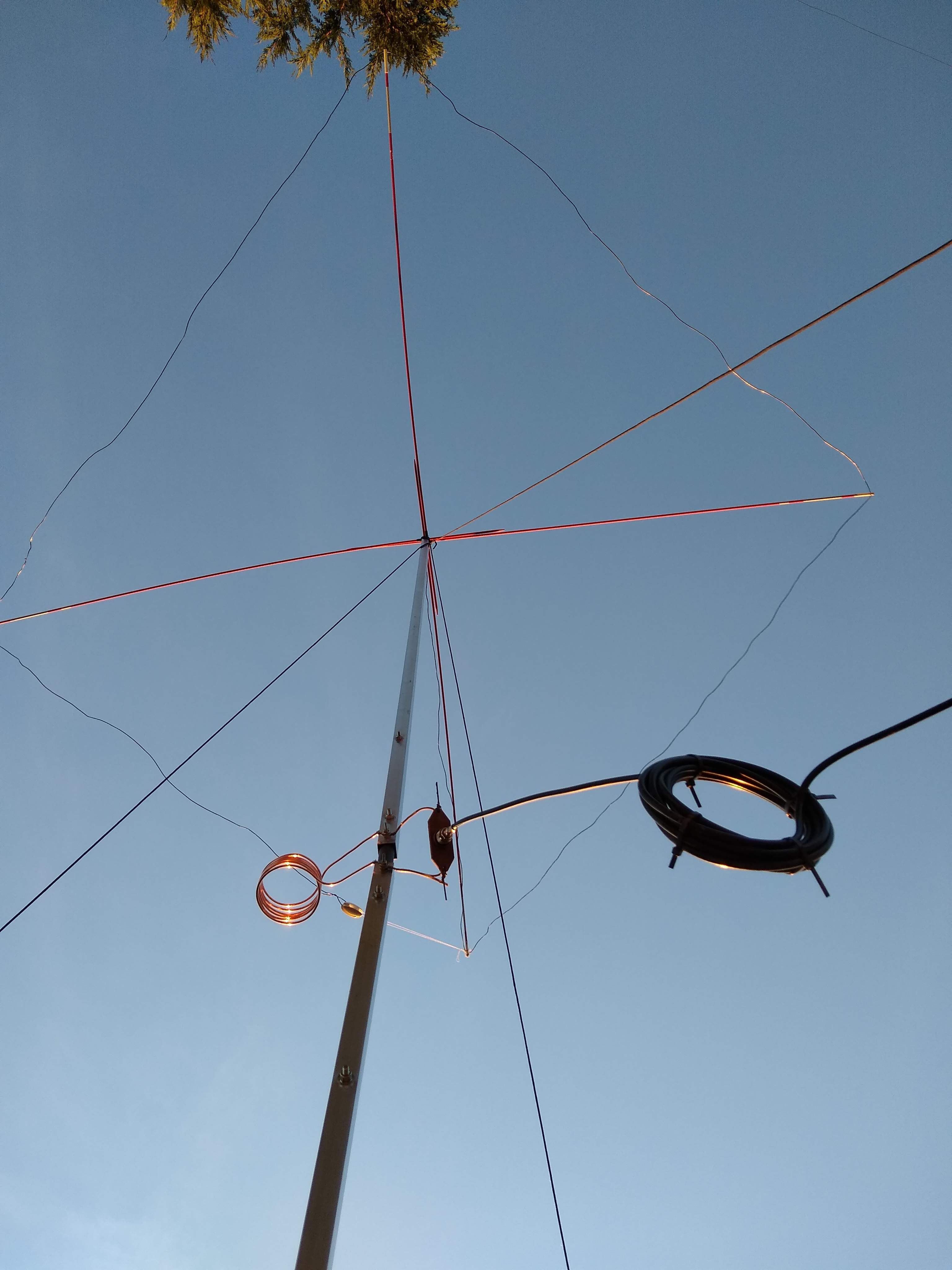
After trimming down its ends, I achieve a good match in the CW segment of 40 meters!! Here's the Nano VNA trace:
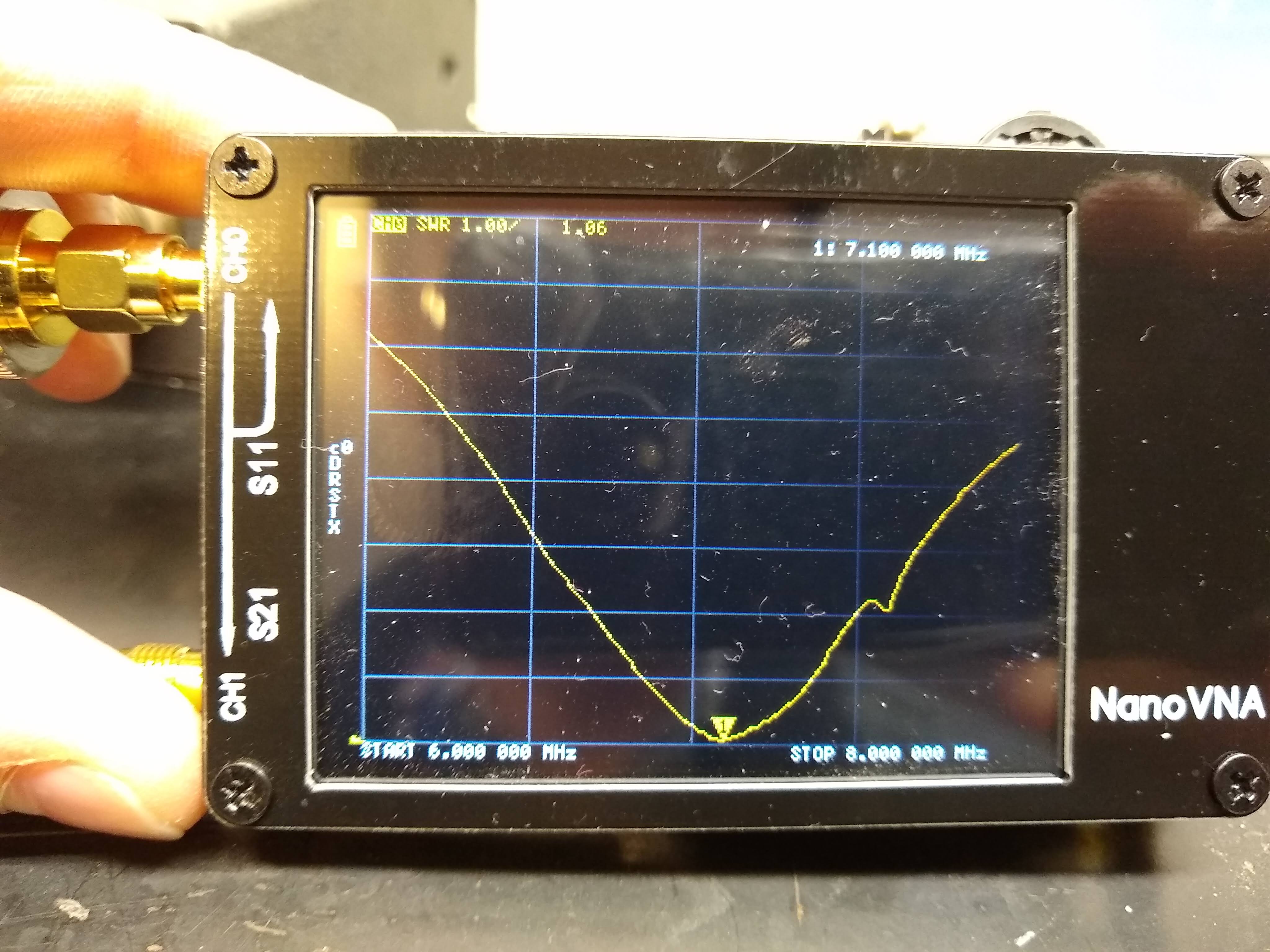
Created 2 Jan 2021
Edited 23 Jan 2021
end of line.